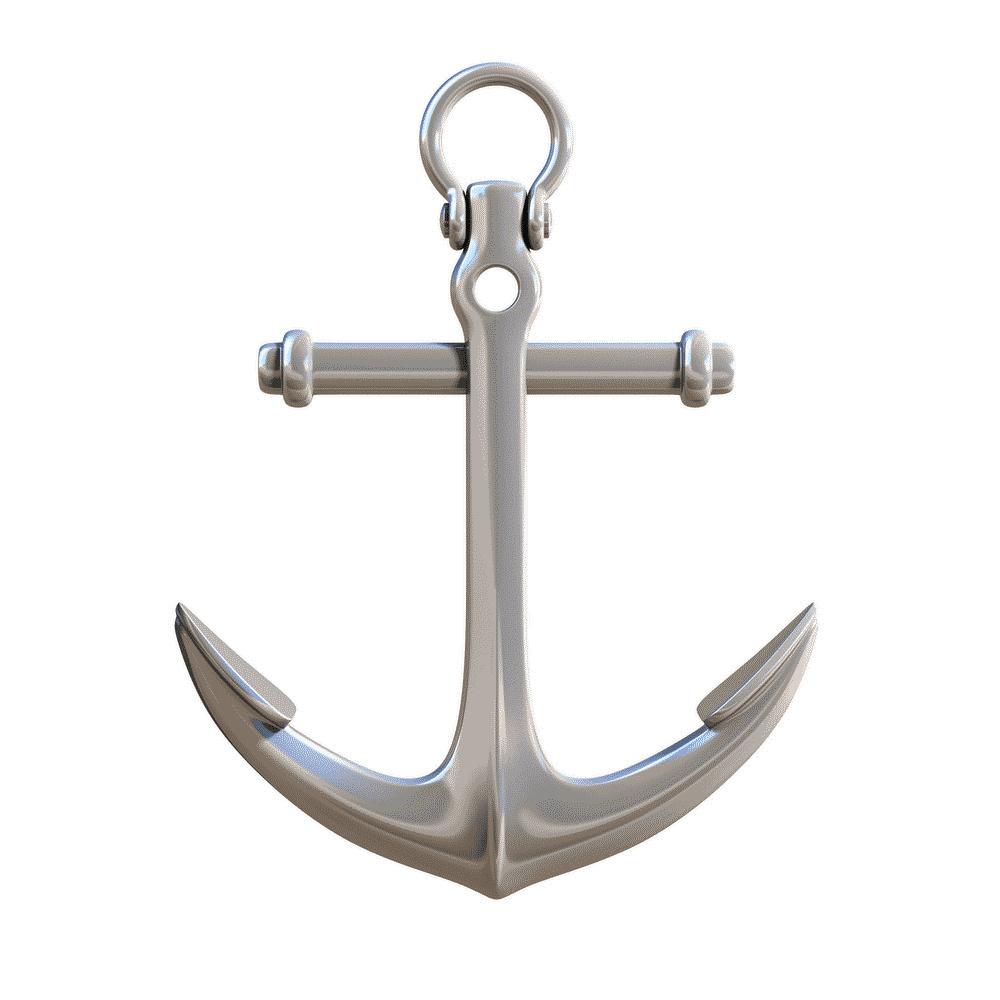A ship’s anchor is a device for keeping the ship tied to a particular place. A psychological anchor is a stimulus that automatically and consistently links us to a particular pattern or state of thinking. Commonplace anchors are the perfume of a loved one that evokes memories of that person and the feeling of being with them, or the desire of a smoker to do something with their hands that leads them to light up a cigarette.
Anchors are neither good nor bad in themselves, although we might prefer one association over another. Our internal mechanics have the innate ability to establish these anchors, and most of them are created without our being fully aware of them. We can use this innate skill to deliberately set up new anchors for things that we want to happen – rather than things that we don’t want.
Deliberately setting up anchors can give us more control over our emotional state: when we have decided what state we want to be in, we simply trigger the anchor and it will return consistently and repeatedly.
Mechanically, anchoring works because of the potential for one part of an experience to bring back the totality of the experience. We can deliberately build a chosen stimulus, or trigger, into the totality of the experience so that the stimulus and the experience become strongly interconnected in our minds. This can be any stimulus that is received via any of the five senses, either singly or in a combination. When we activate the trigger, the experience that it is anchored to floods back.
Anchoring is powerful. Following a bereavement, the act of hugging another person could easily become associated, and anchored, with intense negative feelings of loss. Later in life, a hug intended to be warm and positive could automatically, and unconsciously, trigger feelings of loss. That’s why it is important to pick the trigger carefully.
Creating an anchor
The process is pretty straightforward: we can do it for ourselves or walk others through it to help them set up useful anchors.
Part 1: explore the desired state
Part 2: set the anchor
Keys to successful anchoring
- The trigger for the anchor needs to be unique and distinct so that it applies to only one specific state, rather than a variety of other states: the purer the anchor the better.
- Take the time to ensure that each step is experienced fully before moving on to the next.
- The more intense the experience, the more likely that the anchor will be established successfully. The person has to be completely inside the experience, reliving it, rather than observing it from the outside.




